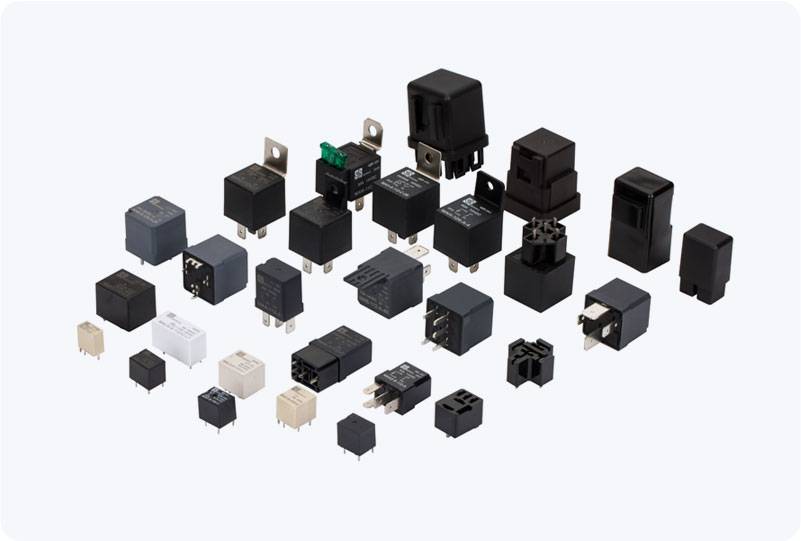The Zigbee Relay Module is a crucial component in the realm of home automation and wireless communication, offering a reliable and energy-efficient solution for controlling electronic devices remotely. Operating on the Zigbee protocol, which is widely known for its low-power consumption and robust connectivity, this relay module provides seamless integration with a range of applications. In this article, we will explore the key features, working principles, and potential applications of the Zigbee Relay Module, and how it is transforming smart homes and industrial settings.

What is a Zigbee Relay Module? A Zigbee Relay Module is a device that uses Zigbee wireless communication to control electrical circuits or devices through remote switching. The Zigbee protocol, based on IEEE 802.15.4 standards, is designed for low-power, short-range wireless networks. It operates on the 2.4 GHz frequency and supports mesh networking, allowing devices to communicate with one another and extend the range of the network. The Zigbee Relay Module consists of a relay switch controlled by Zigbee communication. It typically includes inputs for triggering signals, outputs to connect to electrical devices, and a microcontroller that handles communication between the relay and Zigbee-enabled devices. These modules can be programmed to activate or deactivate connected devices based on certain conditions, making them highly versatile for a range of use cases.